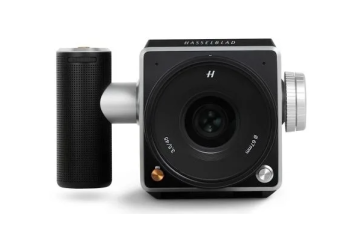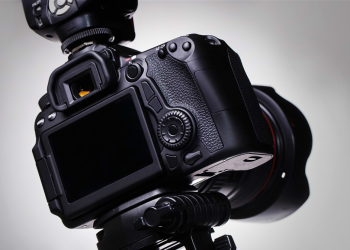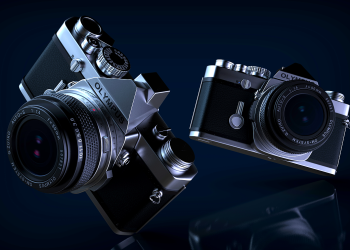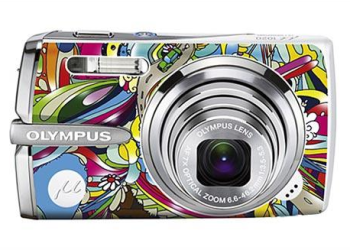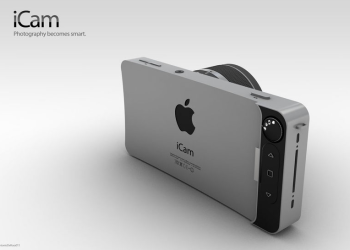Introduction
Photography is more than just capturing moments; it’s an art form that requires technical skill and creativity. Understanding the basics of photography is crucial for anyone looking to improve their skills behind the lens. In this guide, we’ll delve into the fundamental aspects of camera settings, empowering beginners to take control of their photography journey.
Understanding Camera Settings
Camera settings play a pivotal role in determining the outcome of your photographs. They dictate crucial elements such as exposure, focus, and depth of field. By mastering these settings, photographers can unleash their creativity and capture stunning images.
ISO Setting
ISO, or International Organization for Standardization, measures the sensitivity of your camera’s sensor to light. A lower ISO value results in less sensitivity to light, producing cleaner images with less noise. Conversely, a higher ISO setting increases sensitivity, making it ideal for low-light situations. However, higher ISO settings can introduce unwanted noise, degrading image quality.
Aperture Setting
The aperture refers to the size of the opening in the lens through which light passes. It determines the depth of field in an image, affecting how much of the scene is in focus. A wider aperture (smaller f-number) creates a shallow depth of field, ideal for portraits and macro photography. In contrast, a narrower aperture (larger f-number) increases depth of field, suitable for landscape photography.
Shutter Speed Setting
Shutter speed controls the duration of time that the camera’s shutter remains open, determining the amount of light that reaches the sensor. It also affects the rendering of motion in photographs. A faster shutter speed freezes motion, while a slower shutter speed creates motion blur. Choosing the appropriate shutter speed is crucial for capturing dynamic subjects or achieving artistic effects.
Exposure Triangle
The exposure triangle encompasses ISO, aperture, and shutter speed, highlighting their interdependent relationship. Understanding how adjustments to one setting affect the others is essential for achieving proper exposure in photographs. Balancing these elements ensures well-exposed images in various lighting conditions.
White Balance
White balance refers to the adjustment of colors in an image to accurately represent the scene’s true colors. Different light sources emit varying color temperatures, influencing the overall color cast of photographs. Adjusting white balance settings ensures that colors appear natural and true to life, regardless of lighting conditions.
Focus Settings
Achieving sharp focus is essential for producing crisp, clear images. Modern cameras offer both manual and autofocus options, allowing photographers to choose the most suitable focusing method for each situation. Understanding focus settings and techniques enhances the precision and clarity of your photographs.
Metering Modes
Metering modes determine how the camera evaluates the scene’s brightness and calculates exposure. Common metering modes include evaluative, center-weighted, and spot metering, each offering different approaches to metering light. Choosing the appropriate metering mode ensures accurate exposure in various shooting scenarios.
Exposure Compensation
Exposure compensation allows photographers to manually adjust exposure settings to achieve the desired brightness in photographs. It is particularly useful in situations where the camera’s automatic metering may result in underexposed or overexposed images. Mastering exposure compensation empowers photographers to take control of exposure creatively.
Understanding Histograms
Histograms provide a graphical representation of the distribution of tones in an image, ranging from shadows to highlights. By analyzing histograms, photographers can assess exposure levels and make informed adjustments to achieve optimal tonal balance. Utilizing histograms enhances exposure accuracy and aids in post-processing workflow.
RAW vs. JPEG
RAW and JPEG are two common file formats for saving digital images, each with its own advantages and limitations. RAW files retain all image data captured by the camera’s sensor, offering greater flexibility in post-processing. JPEG files, on the other hand, are compressed and processed in-camera, resulting in smaller file sizes but less flexibility for editing.
Lens Selection
Choosing the right lens is paramount in photography, as it significantly influences the perspective, composition, and visual impact of your images. Different types of lenses, such as prime lenses, zoom lenses, and specialty lenses, offer unique advantages for various genres of photography. Understanding lens characteristics empowers photographers to select the most suitable lens for each shooting scenario.
Composition Techniques
Composition plays a crucial role in the visual appeal of photographs, guiding the viewer’s eye and conveying the photographer’s intended message. Various composition techniques, such as the rule of thirds, leading lines, and framing, enable photographers to create compelling and aesthetically pleasing images. Mastering composition enhances the storytelling potential of your photographs.
Practice and Experimentation
As with any skill, practice is essential for mastering photography. Experimenting with different camera settings, composition techniques, and shooting conditions allows photographers to expand their creative horizons and refine their craft. Embrace the learning process, make mistakes, and learn from them to grow as a photographer.
Conclusion
Mastering the basics of photography is a journey of exploration and discovery. By understanding and experimenting with camera settings, composition techniques, and creative concepts, beginners can unlock their full potential and capture captivating images that tell stories, evoke emotions, and leave a lasting impression on viewers.

FAQs After The Conclusion:
- What is the most important camera setting for beginners to master?
- While all camera settings are essential, mastering exposure settings (ISO, aperture, and shutter speed) lays the foundation for capturing well-exposed photographs in various lighting conditions.
- How can I improve my composition skills?
- Practice composition techniques such as the rule of thirds, leading lines, and framing. Experiment with different perspectives and focal lengths to find what works best for your subjects.
- Should I shoot in RAW or JPEG format?
- It depends on your workflow and editing preferences. RAW files offer greater flexibility in post-processing but require more storage space and processing time. JPEG files are convenient for quick sharing and printing but offer less latitude for editing.
- How do I achieve sharp focus in my photographs?
- Use the appropriate focus mode (manual or autofocus) and select the desired focus point. Pay attention to depth of field and ensure sufficient depth for your intended subject. Consider using techniques such as focus stacking for maximum sharpness.
- What is the best way to learn photography?
- Practice regularly, study photography books and tutorials, join photography communities, and seek feedback on your work. Learning from both successes and failures is essential for growth as a photographer.
- How can I avoid overexposure or underexposure in my photographs?
- Utilize exposure compensation to manually adjust exposure settings based on the scene’s brightness. Pay attention to the camera’s metering modes and histogram feedback to ensure accurate exposure.
- What role does lighting play in photography?
- Lighting is a fundamental element that influences mood, texture, and visual impact in photographs. Understanding different lighting conditions and techniques empowers photographers to create compelling images.
- How do I choose the right lens for my photography needs?
- Consider factors such as focal length, aperture range, and intended use (e.g., portrait, landscape, macro). Renting or borrowing lenses before purchasing allows you to test their suitability for your specific shooting scenarios.



